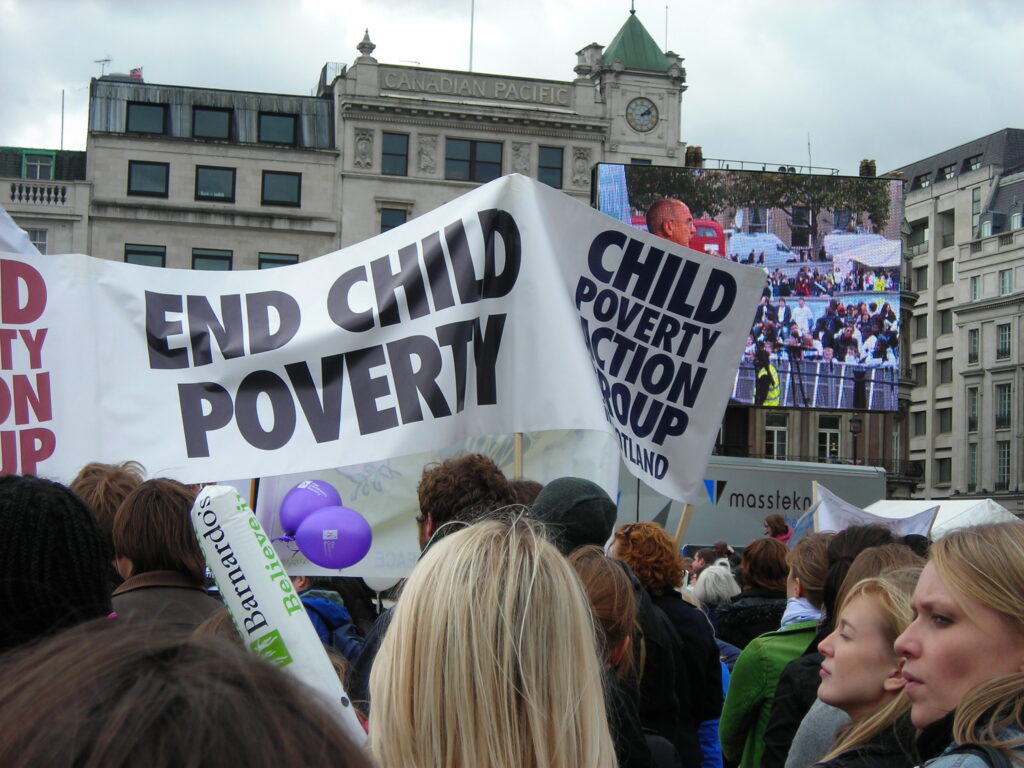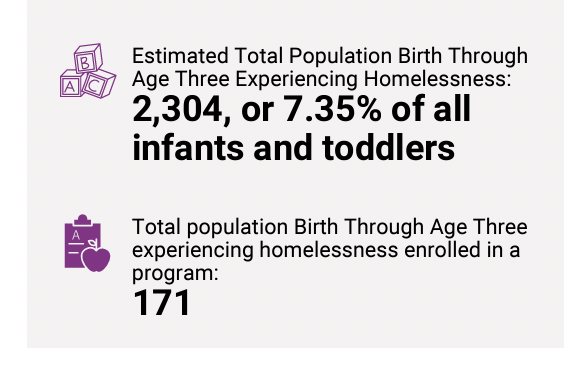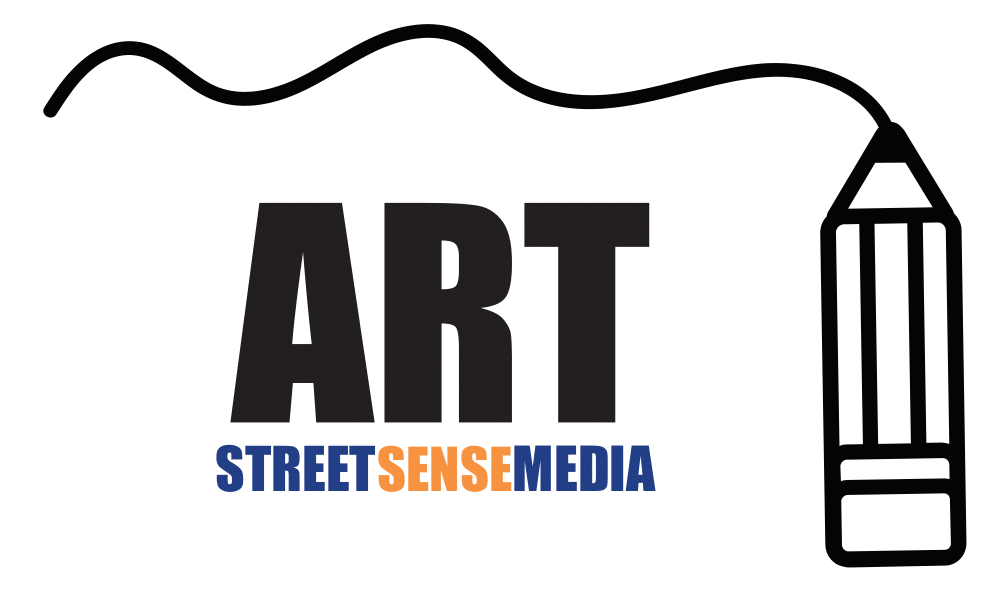D.C. declared itself the nation’s first “Human Rights City” in 2008. Since this declaration, it has egregiously failed to protect the human rights of children to health and wellbeing. D.C. has tolerated harmful policies that lead to high child poverty rates and ongoing exposure to lead, especially coming from household water taps.
First some context: From the most recent data available, D.C. has the highest rate of homelessness compared to the 50 states, according to Statista in 2022, while its child poverty rate was the third highest in the nation, though the top three states were all very close. D.C. also has a big racial gap in wealth, with the median white household having 81 times the wealth of the median Black household, according to the Urban Institute. As Erica Williams, executive director of the D.C. Fiscal Policy Institute emphasized in a report last year, the extreme concentration of wealth in white households exacerbates racial inequality.
Along with economic inequality, the shockingly high life expectancy gap between Black and white residents has grown in the last two decades, according to Scientific Reports. And infant mortality is high in primarily-Black Wards 7 and 8, according to D.C. Health Matters. This fact alone demonstrates the utter failure of the trickle-down economic policies of D.C.’s government to address persistent racial and economic disparities.
While in his recent speech on “Bidenomics,” President Biden stressed the need to move away from the top-down approach of trickle-down economics, our mayor and council continue this policy at the detriment of D.C.’s children.
As the budget deliberations for fiscal year 2024 have now passed, it is time to consider once again how our D.C. government has failed to protect the health and welfare of its children, particularly Black children living east of the river with the highest poverty level in D.C.
Poverty in D.C. dropped to in 2022 to 13.3%, from 16.5% the year prior, according to the Census Bureau’s American Community Survey (ACS). “This improvement likely reflects a combination of factors including the overall decline in unemployment, a growing minimum wage, and federal and local investments in response to the COVID-19 crisis,” the DCFPI report reads.
In addition, “child poverty declined by nearly seven percentage points but remained high at 16.8%.”
But that’s not the only way to measure poverty, according to the report. “ACS uses the official poverty measure (OPM) to determine the poverty rate, which experts generally agree is an outdated method for measuring hardship in the United States. The OPM compares pre-tax cash income, including income from earnings, unemployment insurance, and cash-based public assistance, against a threshold that is set at three times the cost of a minimum food diet in 1963 and adjusted for family size,” the report reads. But, “the OPM does not take into account other vital supports that individuals and families in the District may receive, such as the Child Tax Credit or Supplemental Nutrition Assistance Program (SNAP) benefits, nor does it account for the substantial variation in cost of living by geography.”
It is important to recognize that the national poverty rate went up sharply in 2022 as measured by the Supplemental Poverty Measure (SPM), which includes tax credits and non-cash benefits like SNAP in calculating income, and that the expanded federal Child Tax Credit terminated at the end of 2021.
However, it is likely that in 2023 the D.C. poverty rate increased because of the decrease in other budget investments for low-income residents.
“The District made progress on poverty through higher wages at the bottom, improvements in employment, and major public investments in D.C.’s residents and communities in 2021 and 2022. This progress demonstrates that the District can’t pull back from continued, intentional efforts to eliminate economic hardship and even deeper focus on undoing longstanding racial inequity,” the DCFPI report concludes.
Fund a local Child Tax Credit
While the D.C. Council restored some of the cuts in the mayor’s budget proposal, this is still an austerity budget that prioritizes the protection of the interests of big developers and the corporate sector over the basic needs of Black and brown working-class communities. For example, low Temporary Assistance for Needy Families (TANF) income support is a major reason why so many children live in poverty in D.C. In 2022, the D.C. TANF income support level for a family of 3 was 34.7% of the federal poverty level (FPL), a reduction from 38.4% in 1996, according to the Center for Budget and Policy Priorities.
The harm caused by child poverty has many dimensions, including poor health, stress and bad school performance. As a recent column in Baltimore Sun observed, “research has shown that child poverty increases crime rates, swells health care costs, worsens educational outcomes.”
Most D.C. children living in poverty are Black, and the consequences of D.C.’s failure to address inherited child poverty has intergenerational implications, and so successful implementation of an intervention has the potential to move us closer to achieving racial justice in D.C. We already have strong evidence of the effectiveness of direct cash assistance provided from the THRIVE cash relief program as reported in the Washington Post. Note that the Urban Institute evaluation of the THRIVE program indicated that 43% of recipients also got TANF income support.
Until a generous federal child tax credit is restored by Congress, D.C. could virtually eliminate child poverty with its own Child Tax Credit (CTC) applied to all families regardless of whether they earn income or receive TANF benefits. Its predicted cost of less than $400 to 500 million per year would be far outweighed by its benefits to roughly 30,000 children now living in poverty, their families and the community at large.
And D.C. has a more than adequate tax base to generate this revenue to target those most in need. For example, it can come from a hike in the income taxes of D.C. millionaires, a hike in the property tax on high-valued homes and a shift in present subsidies going to developers creating luxury and market-rate housing to funding a CTC as well as financing the creation of social housing. In 2020, the latest year data is available from the IRS, the taxable income of residents who made over $1 million was $8.6 billion, those over $200,000: $19.8 billion. Now the taxable income of these brackets is likely even larger.
In 2018, the top 1% of DC taxpayers paid 10.3% of family income for D.C. taxes, while in California the top 1% paid 12.4% A generous D.C. CTC replacing TANF would be an important step to providing guaranteed income support. A very modest pilot program has been relaunched but its income enhancement still falls below the federal poverty line.
Protect children from toxic lead
The exposure of residents, particularly children, to toxic lead coming from water taps is ongoing. D.C. government should take very seriously the analysis and recommendations of Dr. Yanna Lambrinidou and Paul Schwartz, from the Campaign for Lead Free Water, submitted to the Committee on Transportation and the Environment in 2021.
The council should confront the lead hazard posed by its drinking water by acting to implement the provision of free water filters to remove lead for all D.C. households with children and homes which have frequent child visitors such as residences of their grandparents, as well as women of childbearing age. The provision of these water filters must be coupled with outreach, education and robust monitoring of their effectiveness, bringing in local workers and volunteers in a bottom-up process. D.C. government has the responsibility of protecting its residents as soon as possible, especially its children against exposure to lead in water.
Therefore, given that many serious health conditions and disabilities result from lead exposure, particularly in children, as cited by the Department Of Energy and the Environment (DOEE), the council and members of the public should demand that the mayor immediately declare a public health emergency. Upon issuing this order, the mayor should immediately act to implement funding, tapping into the DOEE budget for childhood lead poisoning prevention and, if necessary, use local lead mitigation funds for the immediate provision of free lead water filters.
In addition to the negative health impacts of child poverty, the link between child poverty and criminal behavior is well established. Violence itself should be seen as a public health crisis. Therefore, child poverty in D.C. should also be recognized by our mayor as an ongoing public health emergency, until it is eliminated.
David Schwartzman is the chair of the D.C. Statehood Green Party’s Political Policy and Action Committee. He is the party’s representative to the Fair Budget Coalition and Steering Committee member, member of ONE D.C., Empower D.C. and Metro D.C. Democratic Socialists of America. He is also a Professor Emeritus at Howard University.








